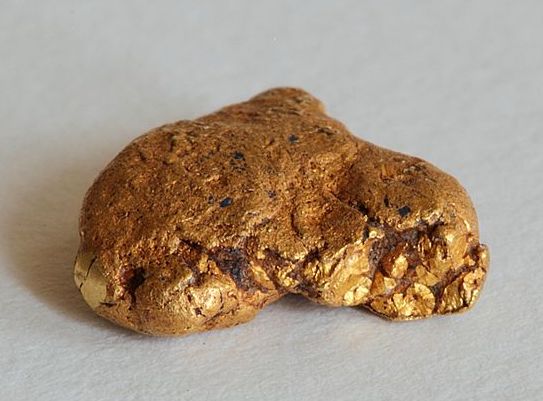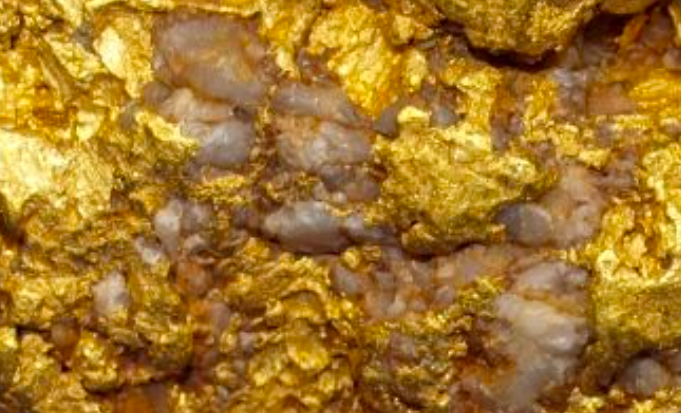
There are several Greenstone Belts that have produced most of the gold in Ontario, and the largest of these is the Abitibi. It stretches from Wawa on Lake Superior past Val D’or in Quebec. More than 160,000,000 ounces of gold have been recovered from this one belt since it was discovered in 1909, and this is only one of several of these Greenstone Belts. The northern part of Ontario is the location of several of these gold bearing belts.
A gold rush occurred in Porcupine, Ontario in 1899 that rivaled the California Gold Rush. The Dome Mine still produces gold from a huge open-pit mine, and in West Timmins a huge gold deposit has recently been found. The Kidd Creek Mine east of Timmins was the site of a gold discovery in 1963.
Next: Do You Need Water to Find Gold?
The greatest amount of gold recovery in Ontario has from come from lode deposits, and there are practically no placer deposits. Plenty of gold was deposited in quartz veins near geological faults. It seems that placer deposits have not developed since the melting of the glaciers, but there is a large amount of float gold in the glacial drift. The Ontario Geological Survey reports many places where gold can be found.
Recreational prospectors would do well to check out the area around the Lake of the Woods, which is located south of Kenora, Ontario. Also there are lots of streams around Chelmsford, Levak Onaping, and Dowling that are worth a look.
Before you start your search, be sure you know the rules and regs of the area, get appropriate permissions, and check with private property holders for permission to come onto private land.

Next: Gold Prospecting in Quebec
